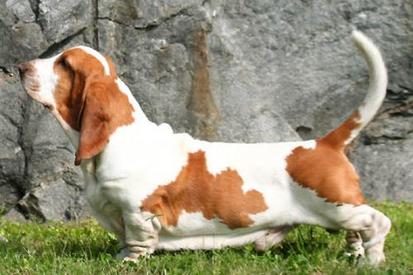
The true origin of the Basset Hound is disputed, with some believing it to have been bred by French monks during the Middle Ages and then selectively re-bred across Europe - appearing in England in the early 1870s. Pictorial evidence suggests an alternative beginning for the breed, with depictions appearing in ancient Egyptian engravings, as well as mummified remains uncovered in canine catacombs. A descendent of the French Basset line of scent hounds, the English Basset, whose name derives from the French meaning 'low-set,' has enjoyed great popularity throughout its history and, whilst primarily bred for hunting, the modern Basset Hound is progressively popular as a family pet.
Low to the ground as its name would imply, the Basset Hound is otherwise recognisable for its short limbs, long stature and pendant ears, loose elastic skin and lengthy tail. The Basset Hound's coat is characteristically short and common in tricolours of white, brown, red and tan, however any colour variation is accepted in the breed. At an early age, it is not uncommon for Basset Hounds to trip over their long ears, although they should grow out of this as they become more accustomed to them. The breed is possessed of a loud, sonorous bark, which it exercises when feeling threatened or trying to gain attention. Due to the Basset Hound's stature - heavy with short limbs - problems can be encountered when in water, so supervision is important. Additionally, the breed is not known for having good road sense, preferring instead to follow its nose, so vigilance and early training is essential.
Despite being considered relatively large-sized, the Basset Hound is amongst the most gentle and affectionate of dogs. Typically compatible with other pets, the Basset Hound enjoys the company of children, interacts calmly with strangers and is obedient to instruction. Whilst the average weight will vary depending on the gender of the dog, the average Basset Hound weighs between 18-25 kg and has a life expectancy of approximately 12 years.
Inherently resilient, the Basset Hound is a healthy, long-lived breed. Due to its proportions, the breed is susceptible to weight-related illness, including bloating, lameness and spinal strain. It is important to administer a healthy diet and avoid feeding human foods, as even the smallest amount of fat can lead to detrimental weight gain.

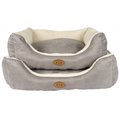

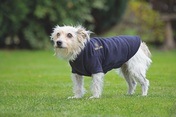
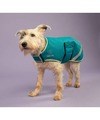
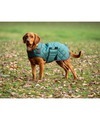
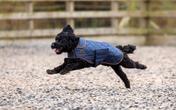
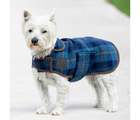
From Gloucestershire, United Kingdom
I have two Basset Hounds one male and one female. They are so lovely to look at but any prospective owners should be aware that they are hard work at times. They are stubborn and can be selectively deaf when being naughty. A normal hours walk takes 2 hours as every blade of grass and plant encountered needs to be sniffed and they love your dirty washing especially socks they can also snore for England (and I thought my husband was the worlds worst snorer)and they are terrible droolers. Male Bassets especially must learn their place in the pack as they are hounds but females are easier. Personally I would never want any other breed of dog as they have such great personalities but don't think of a Basset if you are keen on a well trained dog as they listen to everything you say and then do what they like they will however do anything if you offer them a treat.